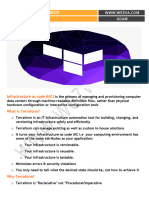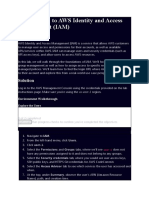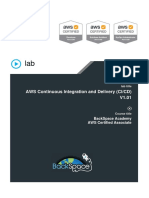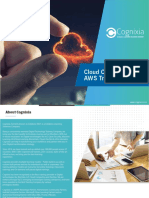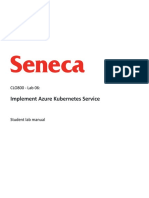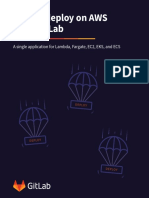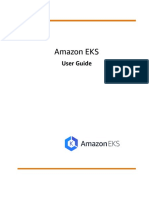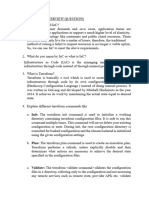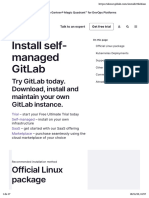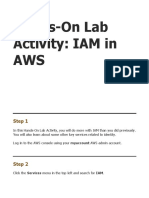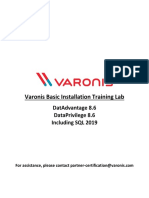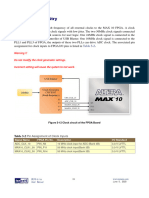0% found this document useful (0 votes)
210 views26 pagesTerraform Bootcamp: IaC with Terraform
Terraform is an open-source tool for infrastructure as code that allows you to define and provision your infrastructure using human-readable configuration files. It can be used to automate and manage resources like virtual servers, networks, databases, and more across multiple cloud platforms. With Terraform, you define the desired state in configuration files and Terraform will determine the necessary changes and provision the infrastructure accordingly. Key concepts include declarative configuration files, providers that allow Terraform to interact with different platforms, resources that represent infrastructure components, variables for customization, and modules to organize related resources.
Uploaded by
ketaw53000Copyright
© © All Rights Reserved
We take content rights seriously. If you suspect this is your content, claim it here.
Available Formats
Download as PDF, TXT or read online on Scribd
0% found this document useful (0 votes)
210 views26 pagesTerraform Bootcamp: IaC with Terraform
Terraform is an open-source tool for infrastructure as code that allows you to define and provision your infrastructure using human-readable configuration files. It can be used to automate and manage resources like virtual servers, networks, databases, and more across multiple cloud platforms. With Terraform, you define the desired state in configuration files and Terraform will determine the necessary changes and provision the infrastructure accordingly. Key concepts include declarative configuration files, providers that allow Terraform to interact with different platforms, resources that represent infrastructure components, variables for customization, and modules to organize related resources.
Uploaded by
ketaw53000Copyright
© © All Rights Reserved
We take content rights seriously. If you suspect this is your content, claim it here.
Available Formats
Download as PDF, TXT or read online on Scribd
/ 26
